Separation of confusion pairs: Eleocharis …
palustris versus uniglumis
Shared features
➢ patch-forming or even sheet-forming
➢ spikelets typically many-flowered – at least 20 flowers/nuts
➢ stigma 2-forked (contrast 3-forked multicaulis)
➢ style-base is enlarged and is clearly ‘pinched in’ into a ‘neck’ at the junction with the nut
Separation
These topics (below) are covered. Select a button to go straight down to a topic, or scroll down.
Use the linked "⇑" up-arrows with each topic header to get back here, or use the ‘^’ button which appears in the lower-right corner when you're further down the page.
Links to all pages are at the bottom of the page (wider screens only).
Basal glumes ⇑
➢ in palustris, the two basal glumes are sterile (so enclose no flowers or fruit), similar in size, short, and typically each encloses just half the spikelet-base with no overlap
➢ in uniglumis one glume only is sterile, and this largely encircles the base of the spikelet. The second glume, opposite this basal glume, is fertile, and shelters a flower or, later, if it has been fertilised, a nut.
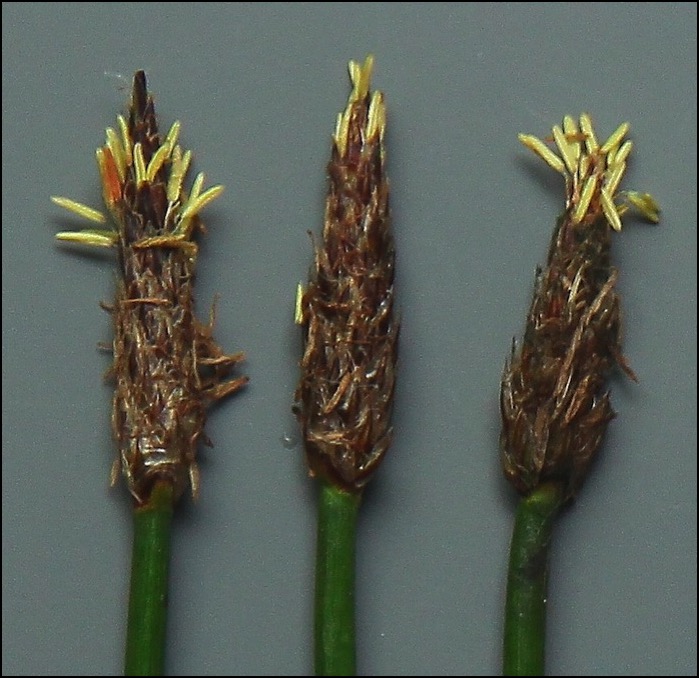
palustris (above); uniglumis (below): basal glumes just about visible
(better photos needed!)
Spikelet shape ⇑
➢ typically, palustris has symmetrical heads, of many shapes from cigar-shaped to lanceolate, shorter ovoid or even somewhat conical.
➢ in uniglumis there is a much more restricted range of shapes, usually slender, and from cigar-shaped to lanceolate. Some heads often show a strong tendency to ‘lean to one side’, resulting from the asymmetry of the basal glume and often from a ripening nut on just one side of the narrow spikelet.
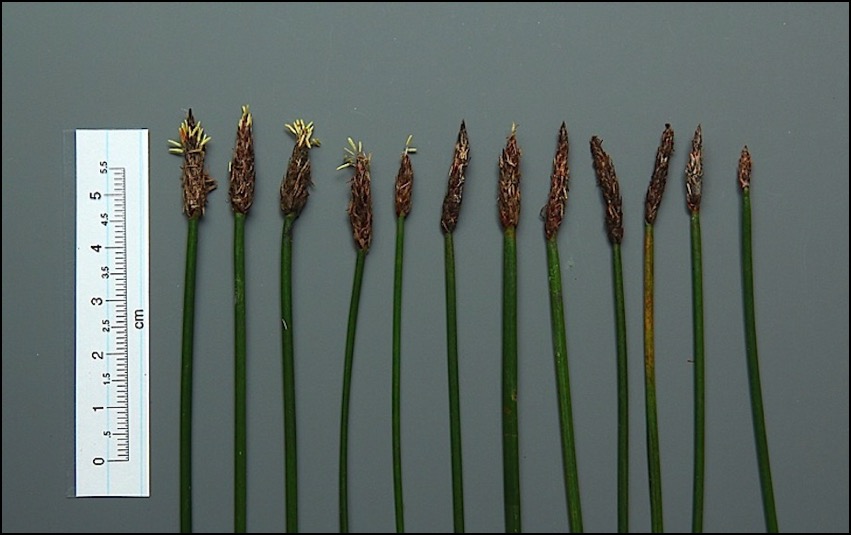
palustris (above); uniglumis (below) at same scale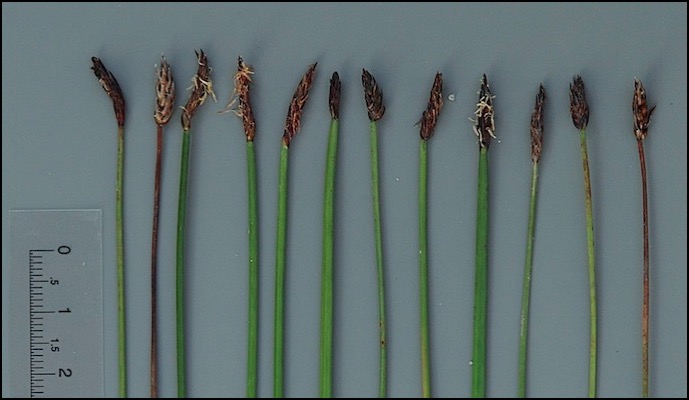
Style-base (stylopodium) ⇑
➢ is similar in the two species, but that of uniglumis can be even larger in proportion.
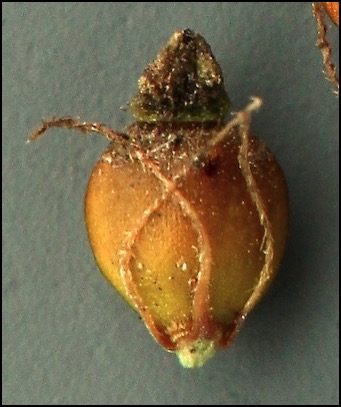
palustris (3 bristles visible) 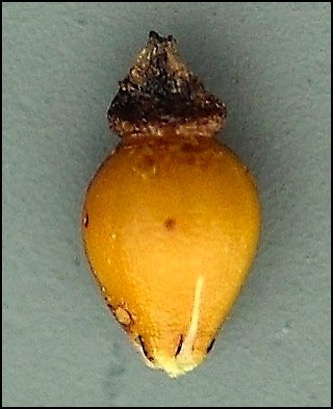
uniglumis (1 short bristle visible)
Perianth bristles ⇑
➢ in palustris there are almost always four bristles, variable in length, but roughly the same length as the nut.
➢ in uniglumis, the bristles are variably developed, can number from 0 to 5, and are generally shorter (see pictures above).
(On an inspection of the base of the nut with a 20x lens, the bristles are fairly easy to see arising from a whitish collar at the base of the nut.)
Beware! Three +/- persistent stamen-filaments also arise from the base of the nut, from between the perianth-collar and the nut. These tend to become darker brown with age, whereas the bristles remain paler brown. Filaments are rather broader than bristles and lack the minute down-curved hooks distinctive of bristles. The style-plus-stigma is usually shed at some point.
The following palustris diagram shows all the features: the swollen style-base with ‘neck’, four bristles and three filaments. The whole is about 2 mm long.
palustris 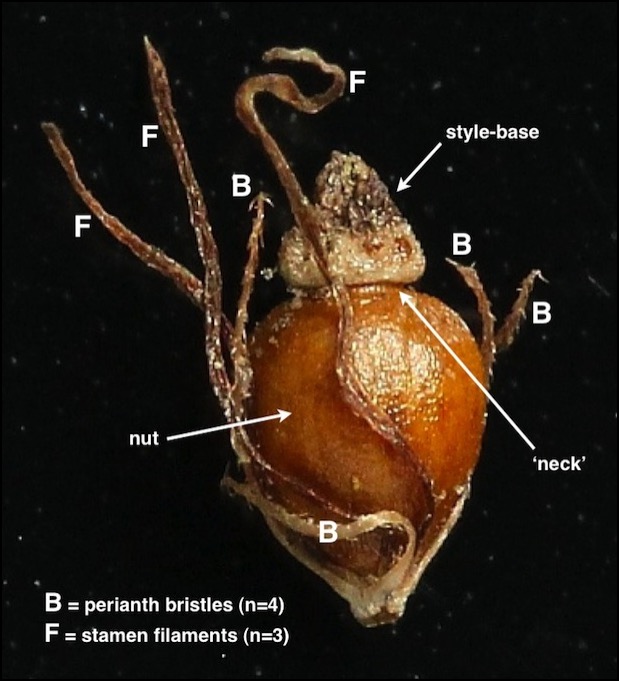
Stem ⇑
➢ both species are variable: uniglumis can match palustris at times.
➢ uniglumis is a slighter and more slender plant than palustris, often decidely so. Some forms are so slender that they can superficially resemble quinqueflora, which also has an encircling basal glume, though this is generally longer, on a shorter spikelet. (See page ID: uniglumis/quinqueflora for hints on separating this pair.)
Stem section ⇑
➢ uniglumis may have a rather thinner epidermis, but there is nothing of differentiating value.
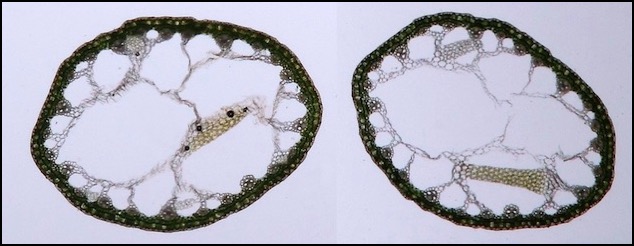
stem sections: palustris (above); uniglumis (below)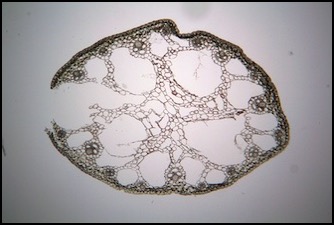
Epidermal peel ⇑
➢ uniglumis may have a higher density of fibre-bundles; the rows of ordinary cells appear rather narrower; probably nothing of differentiating value.
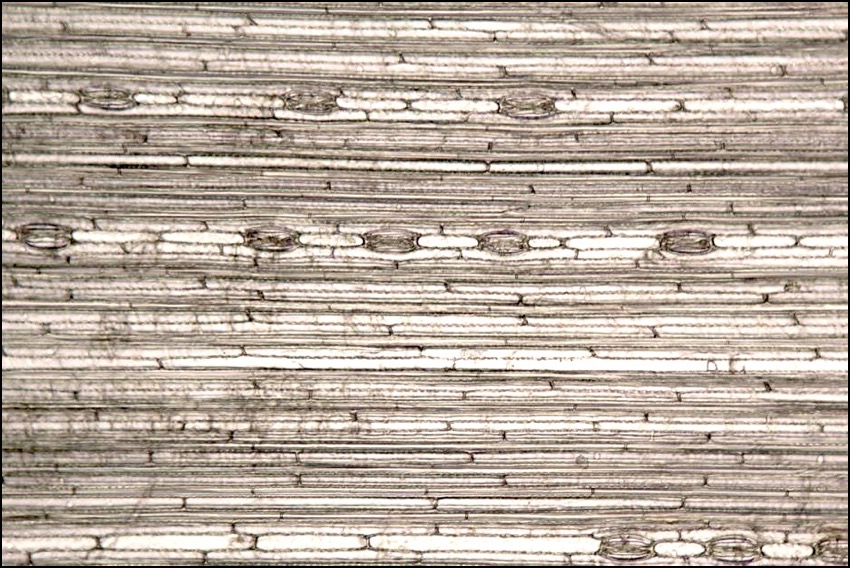
epidermal peels: palustris (above); uniglumis (below)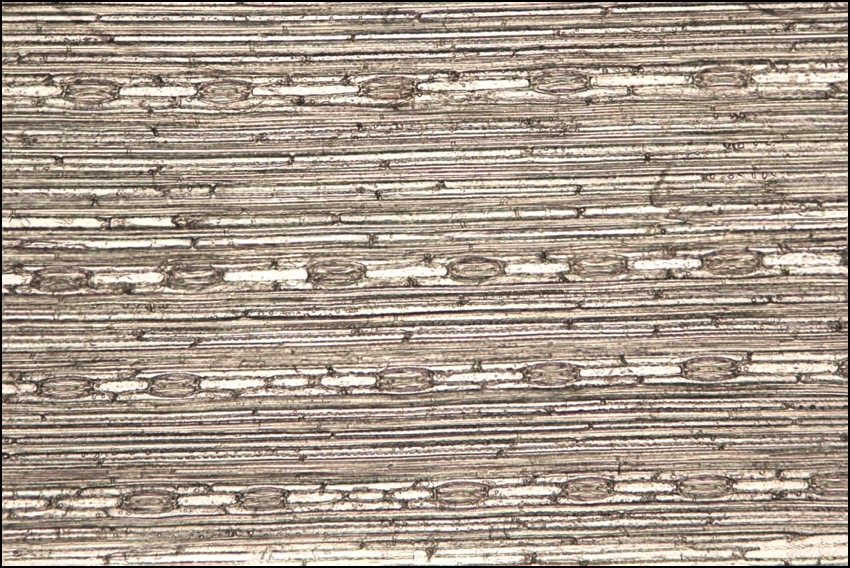
Links to the other Eleocharis spike-rush pages (also accessible from the sidebar)
Species pages
Separation of similar pairs
Other information
